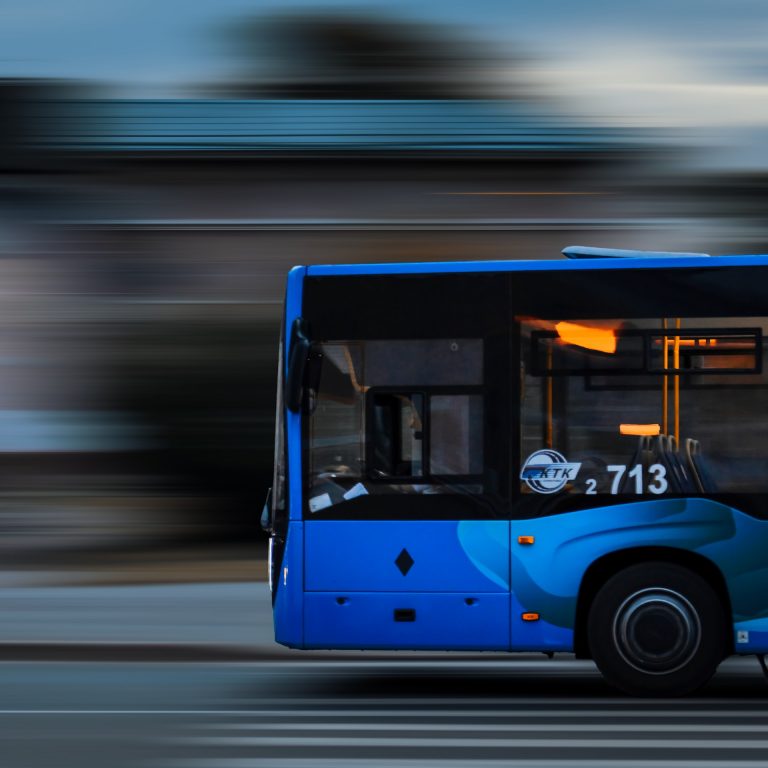Collaboration between SaverOne and the public transportation company Kavim, which began in 2019, is designed to find a solution to the problem of distractions among drivers. As part of the pilot with the company, we installed the SaverOne system to prevent mobile distractions on 21 buses. The results indicate that the use of the system significantly reduced this danger!
A study published by the Road Safety Authority in 2017 revealed that 9% of pedestrians injured while crossing a road are hit by buses. The same survey also indicated a direct link between phone use while driving and pedestrian injury. In addition, a comparative study published by the Road Safety Authority in October 2021 suggests that buses and trucks are involved in 15% of the accidents in which cyclists are injured. Hence for mass transit companies, the problem of ‘driving distraction’ is critical.
Saving life and prevention of economic damage
In many ways, the challenges faced by bus drivers are far more significant than those of employees at other companies that hold large vehicle fleets. Driving a bus on urban or interurban roads for an 8-hour shift requires the driver to maintain an exceptionally high level of attention and concentration. Despite this, life in the modern age also leads them to be exposed to life-threatening cellular distractions. Along with the danger of
injury, they can also cause many ‘small accidents’ that leave a trail of damage that can cost money. Therefore, addressing the problem of driving distraction among drivers of a public shuttle vehicle is necessary.
Field training and adjustments
The first step in the pilot was to map the challenges and unique needs of lines. Unlike a fleet of private vehicles, a fleet of buses is run differently and exposed to other threats, and the routine of the driver who is on the road for long hours also requires a specific reference. In addition, busses need a unique version of the system that will fit considerable distances and long-term wiring. Therefore, in the first phase, a research project was conducted, at the end of which adjustments were made, and the module of the system was implemented in 21 buses.
At the same time, training was held for the drivers chosen to lead the pilot, and at the end of June this year, the practical test was launched. Our people joined some of the trips to examine how the system went into practice. They received feedback from drivers on the pros and cons of operating. Subsequently, further adjustments were made to meet the needs of the company and the drivers while maintaining safety margins until
a balance was found that would provide an optimal solution to the distractions without harming the needs of the drivers, the company, and the routine.
Positive operative conclusions
The pilot lasted five weeks, from late June to mid-August, when the focus was on the technical and logistical side for the first three weeks. Although the system collected data (which were later used for statistical evaluation), it did not prevent the driver from using the mobile device. In the second part of the experiment, the system went into the whole operation, including application blockages and alert beeps.
The first part of the experiment lasted 354 driving hours in which each driver opened an average of about 29 dangerous applications. In the second part, which lasted 71 hours of driving, the mere knowledge that the system was working resulted in each driver trying to open an average of only 6 dangerous applications. These attempts were also blocked by the system, but it is interesting to see that the very awareness of its existence drew restraint on the part of the drivers.
Bottom line, the pilot grounded the premise that at least in changing user behavior, the system has proven itself and significantly reduced dangerous driving distractions. Therefore its use can lead to an effective and comprehensive solution in reducing the involvement of buses in public transport in road accidents.




